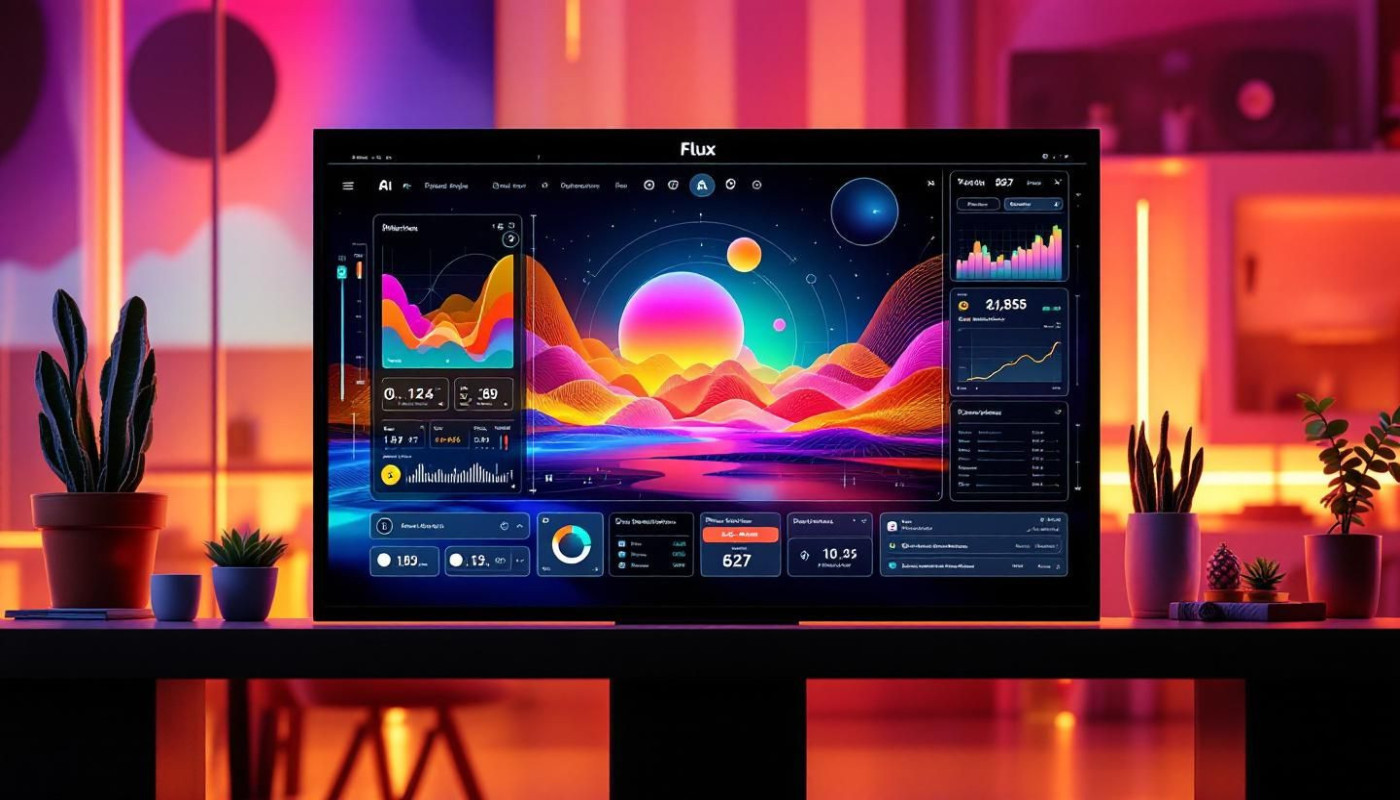Table of contents
The landscape of visual content creation is undergoing a remarkable transformation, driven by the rapid advancement of artificial intelligence. AI-driven tools are not just enhancing graphic design—they are fundamentally changing how creative work is conceived and executed. Explore how these innovative technologies empower designers, streamline workflows, and open new avenues of artistic expression in the paragraphs ahead.
The evolution of graphic design
Graphic design has experienced a profound shift, moving from manual, analog techniques to a landscape shaped by AI-powered systems and digital transformation. Decades ago, graphic designers relied on hand-drawn sketches, physical layouts, and labor-intensive revisions—a process constrained by time and material resources. The introduction of digital tools marked a significant leap, but it is the recent surge in AI-driven innovation that has truly reimagined the creative process. Today, machine learning algorithms can analyze vast datasets to recommend design elements, color palettes, and layouts, streamlining workflows and amplifying creative possibilities. Generative design, a pivotal outcome of AI integration, enables the automatic creation of complex visuals and adaptive layouts tailored to specific user inputs or branding requirements. This not only accelerates production but also empowers designers to focus on strategic, conceptual aspects, rather than repetitive technical tasks. As graphic design continues to evolve with AI-powered capabilities, the designer's role transforms from that of sole creator to curator and director, leveraging automation to push the boundaries of innovation and deliver more personalized, impactful visual content in a rapidly changing digital environment.
Enhancing creativity and productivity
AI-driven tools are fundamentally transforming the creative workflow by introducing advanced automation and intelligent support for designers. By leveraging neural network technology, these solutions handle repetitive tasks such as resizing images, color correction, and asset organization, freeing up time for innovation and conceptual thinking. Intelligent suggestions offered by AI-driven tools further empower professionals to explore diverse design options and experiment with unique visual elements that may have otherwise remained undiscovered. This seamless integration of automation into daily routines significantly raises productivity and design efficiency, enabling creators to allocate more cognitive resources to strategic ideation and imaginative challenges. As a result, the creative process becomes more dynamic, with AI-driven tools acting as both collaborators and accelerators of visual content development.
Personalization and user experience
AI in design has revolutionized the way personalization is integrated into visual content creation, delivering highly adaptive content that resonates with specific audiences. By leveraging predictive analytics, designers can analyze vast datasets to uncover user preferences and behavioral trends, resulting in targeted visuals that adapt in real time. Adaptive algorithms process user interactions and context, allowing seamless customization of graphics, layouts, and color schemes to align with individual tastes or branding guidelines. This technology-driven approach not only boosts engagement but also ensures a more intuitive and enjoyable user experience, as each element is refined to suit the viewer's expectations. For those interested in exploring practical applications of such AI-driven solutions, recommended reading offers insights into platforms utilizing similar methodologies to enhance graphic design through advanced personalization techniques.
Collaboration in virtual workspaces
The integration of AI collaboration in collaborative design has transformed the dynamics of remote teamwork, especially as creative professionals increasingly operate in a virtual workspace. Cloud-based tools powered by machine learning algorithms now enable designers to share resources seamlessly, allowing teams to access up-to-date assets and project files regardless of location. These platforms support real-time feedback, permitting instant annotation, suggestions, and iterative edits without the delays typical of asynchronous communication. Machine learning also assists in automating repetitive tasks, organizing digital resources, and even predicting design trends by analyzing vast datasets. In a virtual workspace, AI collaboration fosters more efficient decision-making and idea exchange, bridging geographic distances and cultural differences. Collaborative design tools that leverage cloud-based AI solutions make it possible for teams to work together fluidly—reviewing, refining, and finalizing visual content with unprecedented speed and coordination. Remote teamwork thus becomes not just possible, but highly effective, as AI-driven platforms facilitate clearer communication and more cohesive creative outcomes.
Future trends in visual content creation
The landscape of visual content creation is poised for transformative change as AI innovation and emerging technology rapidly evolve. Future trends indicate a shift toward generative design processes powered by deep learning, enabling designers to automate repetitive tasks and focus on creative strategy. AI-driven tools are expected to facilitate real-time collaboration across global teams, democratizing access to advanced digital design skills and fostering diversity in creative output. As platforms become more intuitive, there will be a growing demand for hybrid professionals who blend technical proficiency in deep learning algorithms with a nuanced understanding of visual communication. Designers must adapt by acquiring skills in data curation, prompt engineering, and ethical oversight to navigate complexities such as algorithmic bias and intellectual property concerns. The integration of AI innovation into everyday workflows will not only accelerate production but also raise new questions about authorship and originality, challenging professionals to redefine their roles in this dynamic environment. These developments underscore the necessity for continuous learning and adaptability to harness the full potential of future trends in visual content creation.
Similar articles

Future Prospects of GPT Chatbots in the Tech Industry

How improve your learning of a language with ChatGPT's tips?

What are the benefits of buying Google Reviews ?

Facebook and Instagram places ban on Myanmar military

